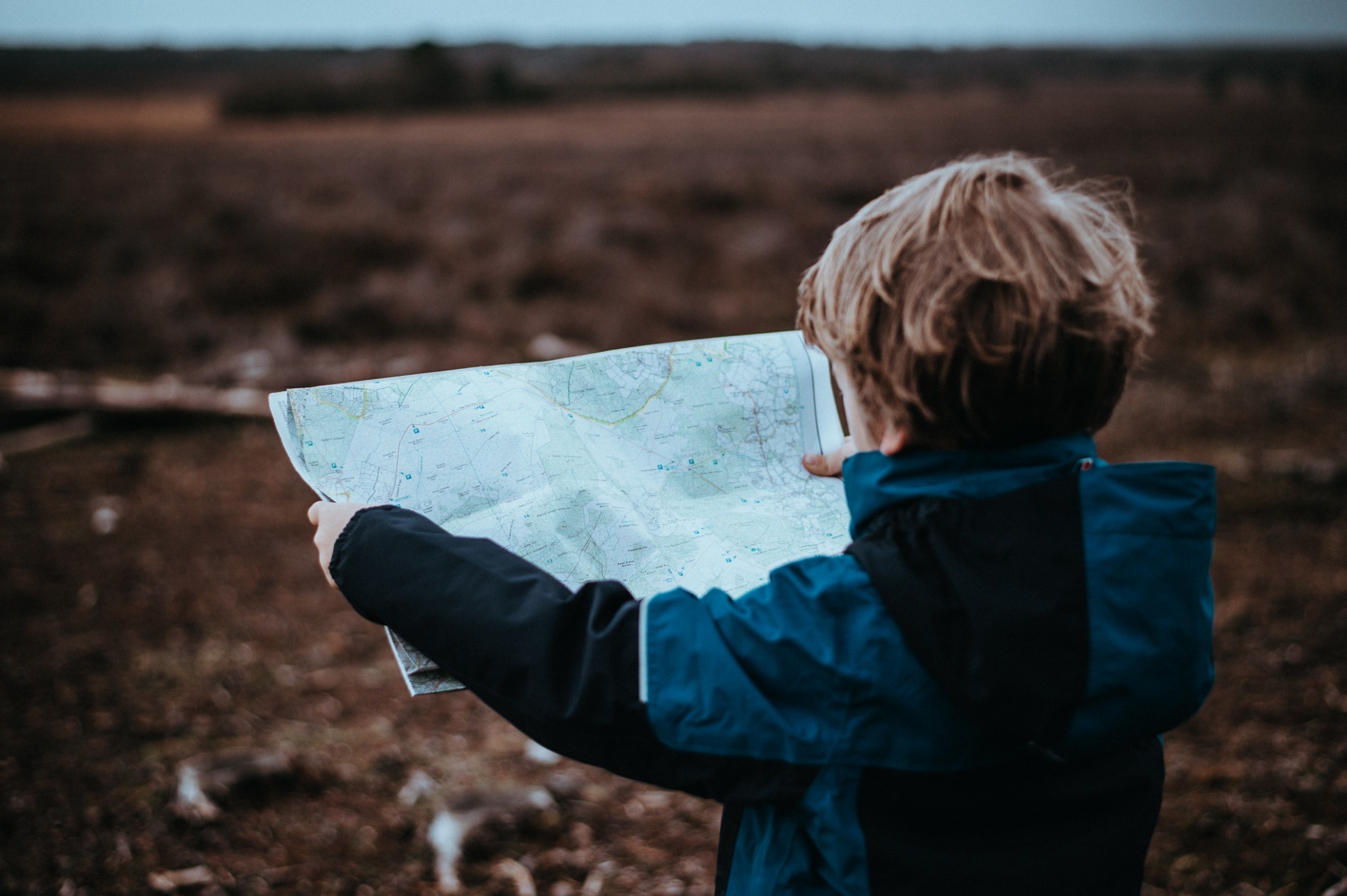7 Essential Survival Skills To Teach Your Children

As parents, you can't escape the inevitability of worrying about your child's safety. Whilst you can’t account for the unpredictability of life, you can prepare your kids for the worst by teaching them practical survival skills. Should they find themselves cut off from basic, vital resources such as warmth, water or food, equip your children with skills that will stay with them for life. Instilling essential survival skills at an early age is key to encouraging children to develop a sense of self-reliance and resilience. Take a look at the following 7 essential survival skills to teach your children:
1. Finding water
Whilst there’s a whole host of ways to collect water, not all of them are safe. Teach your children about the dangers of consuming water directly from natural water resources such as lakes or rivers. With the risk of water born bacteria, protozoa and viruses, identifying a safe source of water is essential. Try to drill in the importance of purifying water first so it’s safe to drink. The most straightforward water purification method is boiling; water boiled at a temperature of 70°C will kill bacteria in seconds.
2. Lighting a fire
Lighting a fire serves multiple purposes; firstly it provides warmth. A loss of body heat can exacerbate exhaustion and make the body weaker. Secondly, lighting a fire will create smoke, which can help your child send a signal to alert anyone in their surroundings of their location. Lastly, with a lit fire you can boil water to purify it so it’s safe to drink. Explain the basic requirements of lighting a fire and the importance of the location. Advise them that sourcing a dry spot, preferably sheltered from the wind by trees or bushes, is a good place to start.
3. First aid
After sustaining an injury, acting fast can be critical. Cleaning wounds properly and protecting them from outside elements is a key to preventing infection. In an ideal world, your child would be equipped with the first aid kit essentials such as cotton, gauze, and bandages. However for when life catches them off guard, teach them how to improvise. To stop heavy bleeding they can apply pressure using their own hand, and in the absence of a bandage they can tear off a piece of clothing.
4. Building a shelter
Whether it’s a Lego castle or a den made out of quilts, children love to build and make things. Take advantage of their affinity with creating things and teach your children how to build a shelter. When faced with harsh weather conditions, building a shelter to keep warm and dry can make all the difference. Start by teaching your children about the basics go-to materials. Instruct them to start by gathering materials that can form a structure, such as sticks and twigs. Dry leaves can serve as both a foundation and top layer to their children to trap the warmth in.
5. Signalling
Signalling for help is incredibly important if your child is stuck in a remote area with no one in his or her immediate proximity. There are various signalling methods that could help your child seek the attention of those further afield. The smoke off a fire is a reliable method of signalling for help as the smoke can travel up to 750 kilometres. Another method that isn’t quite as far researching but still effective, is whistling.
6. Navigational skills
The ability to orient oneself becomes incredibly useful when you find yourself in an unknown environment. In age dominated by mobile devices with GPS, we’ve become reliant on technology to do this for us. The reliability of such methods are compromised in situations where signal is lacking and the battery is depleted. To avoid this, make sure your children can confidently rely on offline methods such as map or compass reading. Turn it into a fun activity by taking your children to a nearby park and setting them the challenge of navigating themselves to a certain point.
7. Self defence
In an ideal world, you’d rather your child avoid engaging in any physical intervention. However to ensure children can at least defend themselves in the presence of an attacker, teach them the basics. Warn them about protecting key areas of the body such as the head, groin and knee reduces. The latter is critical as a hit to the knee can knock you down instantly. Explain the utility of blocking as an effective way of defending these areas – a method commonly found in most martial arts practices.
